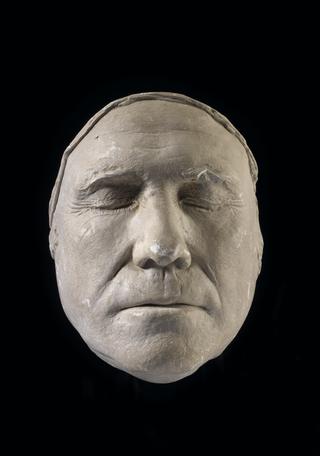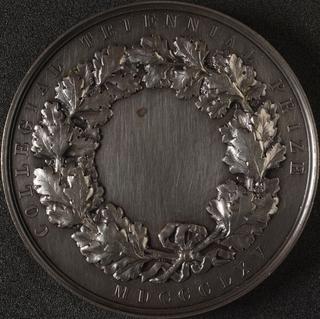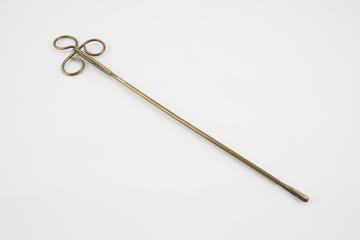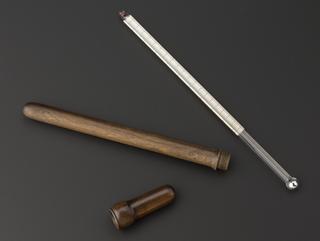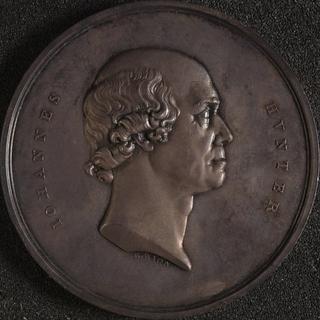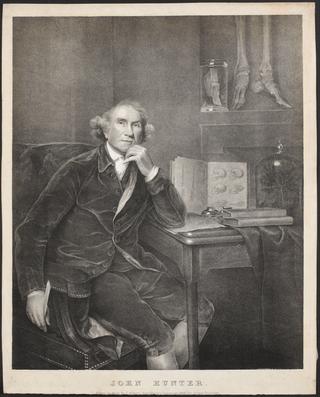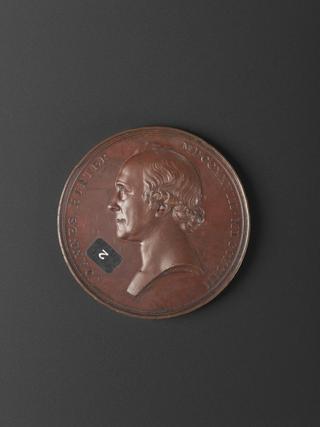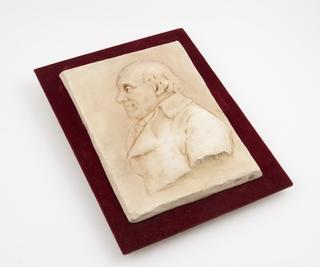
John Hunter 1728 - 1793
- occupation:
- Anatomist, Surgeon
- Nationality:
- Scottish
- born in:
- East Kilbride, South Lanarkshire, Scotland, United Kingdom
Born into a large family based near Glasgow, John Hunter went to London in 1748 to work with his brother William (1718-83), a successful obstetrician and physician. He showed an aptitude for anatomical work and also for securing a supply of corpses for dissection; he was probably present at the dissection of more than two thousand human bodies during the 12 years he spent working with his brother.
William ensured that his younger brother received training despite his lack of formal education. John Hunter entered St George's Hospital as a surgical pupil in 1754. He signed up as an army surgeon in 1760 and over two years gained much experience in managing wounds. He returned to London in 1763, where, hampered by a lack of formal apprenticeship, he found it difficult to establish a practice and so he worked in dentistry. He was finally admitted to the Company of Surgeons in 1768, after which he established a large practice and trained students, including Edward Jenner (1749-1823).
Hunter wrote several books, including one on venereal disease which was the first text to discuss venereal disease in a non-judgmental manner. He was rumoured to have inoculated himself with gonorrhoea as an experiment while writing the book. Hunter also performed many experiments on animals. When he became surgeon to King George III in 1776 he had access to the king's menagerie. When the king's elephant died Hunter performed the first dissection of an elephant.
In 1783 he set up his own museum, which housed five thousand wet preparations, three thousand stuffed or dried animals, 1200 fossils, nearly a thousand osteology specimens and almost a thousand diseased organs
